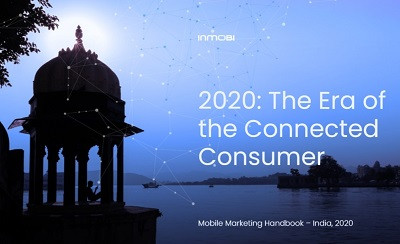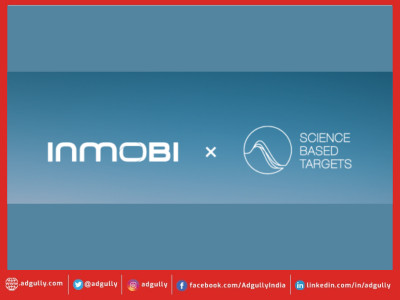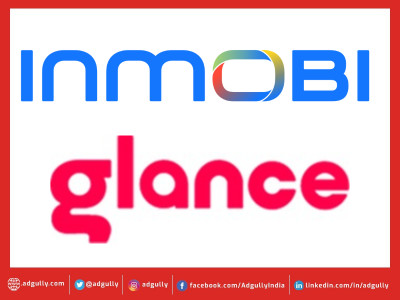Why brands need to rethink on ways to win the Connected Consumer in India
The Indian digital ecosystem has witnessed a phenomenal transformation in the last decade, driving connectivity at an unparalleled scale leading to a new punctuated equilibrium. India witnessed a connectivity transformation in the last decade, doubing its mobile penetration, which is slated to reach 90 per cent by 2022. Mobiles accounted for 13 per cent per cent of user’s daily time in emerging markets such as India.
As per the ‘Mobile Marketing Handbook – India, 2020’, brought out by InMobi, the digital transformation has fuelled the app economy in the country, leading to a dramatic shift in the life of the average Indian consumer. The report reveals that India leads the world in terms of app downloads – 34 monthly average installs, compared to 24 in China. At +165 per cent, India is the fastest growing app install market.
Key Findings of the Report:
The Connectivity Decade in India
- In the last decade, India has transformed into
- 2nd largest internet market across the globe after China (12% of global Internet users)
- Leading data consumer in the world (9.8 GB/user/month)
- 18X growth in rural connected consumer base (as of 2019)
- Expected to have 64% smartphone-led connectivity by 2022
- India's connected economy is an on-demand, app economy
- #1 in app downloads globally seeing 165% (fastest) growth
- #1 in app downloads or sessions in various categories across the globe, be it shopping, finance, entertainment, travel or food delivery
- There’s an app for each consumer pain point or ask today
- Understanding the Connected Indian Consumer in 2020
- Younger, non-urban, aspirational, multi-screeners, mobile-native, on-demand consumers
The 3Cs of the Connected Indian Consumer
Context
- More than 55% of global consumers are keen on sharing location/ personalised data in return for perceived benefits such as saving time, saving money, convenience, etc.
- Marketers see an average of 1.5X growth in key marketing metrics with contextual/ personalised experiences
Commerce (By 2023)
- E-commerce contribution to all retail sales to grow 2X
- India to become the 5th largest m-commerce market
- M-commerce sales to hit $94 billion with a 30% CAGR
- Impulsivity is the new shopping norm: 70% of connected consumers learn, explore and buy using mobile, with 43% of all shopping being unplanned
- Bharat to be the next opportunity with 87% of rural India coming online via mobile
Content
- The new content world order is defined by
- Breakaway to individualised consumption
- Explosion of categories and formats
- 5X growth in time spent on media
- Access to on-demand content
- The new content world order is defined by the short (for micro moments) and long (for lean-back moments) formats. There is no middle ground.
- Content and Commerce are converging
- Brands are building ecosystems to win the connected consumer
The 2020 Voice of the Marketer
Top 5 challenges for marketers (sample size = 55)
- 73% - Fragmented data ecosystem
- 50% - Measuring business impact
- 45% - Building regional/ vernacular experiences
- 45% - Delivering contextually relevant content
- 34% - Inadequate attribution solutions
Top 5 trends that marketers are looking forward to (sample size = 55)
- 72% - Connecting with Bharat is an immediately reality
- 68% - Building contextually relevant experiences
- 50% - Delivering localised experiences
- 45% - Content Marketing
- 27% - Apply ML and AI in reality
Top Marketing Trends in 2020
- 66% of India resides in non-urban regions. With only 23% Internet penetration, there is a lot of room to grow. Growth comes from new frontiers as India’s non-urban regions are proving.
- With aspirations to catch up with the rest of India, Bharat presents a new opportunity for digital India. However, these users are not easy to please. Being primarily non-English speakers, marketers who wish to establish and further a meaningful relationship with them will have to offer localised experiences. This goes beyond translation. It requires adapting content to cultural norms and values. To offer this at scale, would require not just AI for translation but also a human touch.
- Content itself has changed face in the past decade. From straight laced text-based content, where video was dominant on TV alone, we are now faced with an era of on-demand content, where individualised consumption co-exists with family viewing, and there is an explosion of content categories and the formats they are delivered in.
- AI and Machine Learning algorithms will play a critical role in understanding the evolving consumer behaviour and preferences to create more personalised interactions that resonate with the users.
















Share
Facebook
YouTube
Tweet
Twitter
LinkedIn